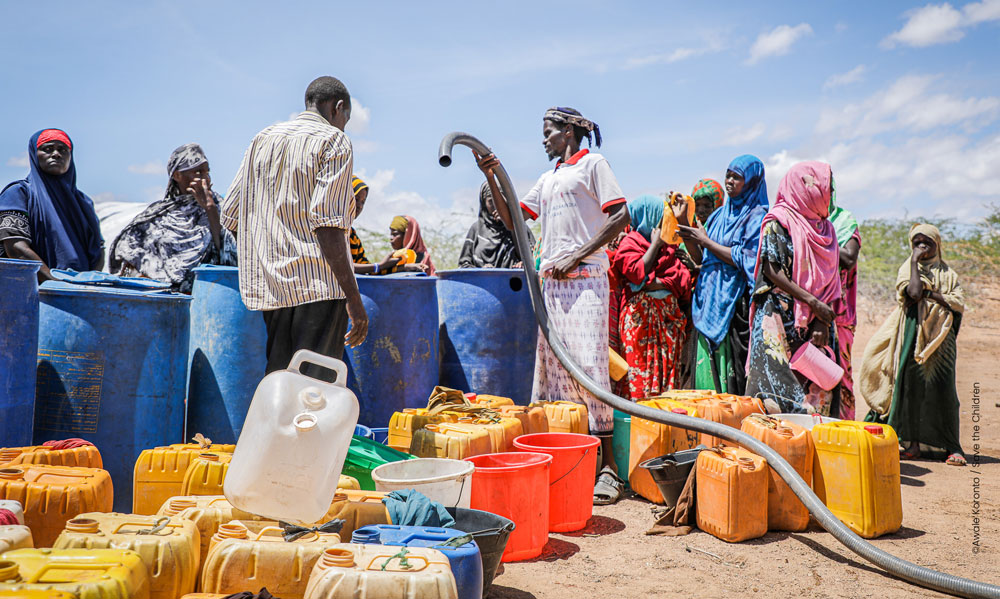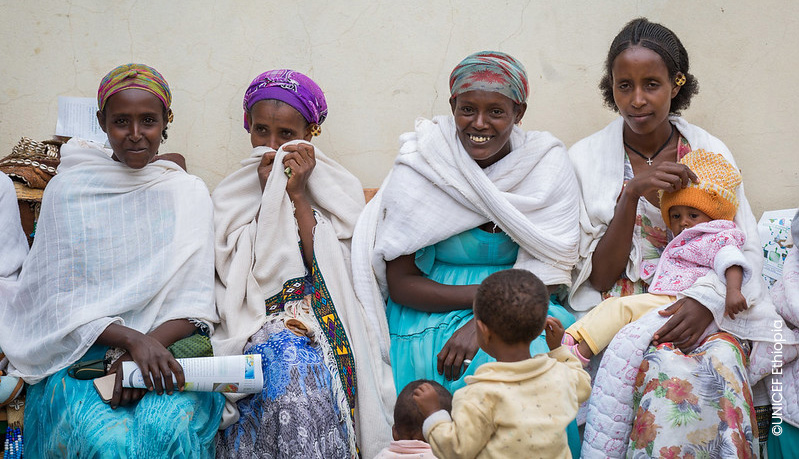3ie has now been engaging in its ambitious living evidence mapping process for three years. The mid-term report showed a mixed message: although we have added 267 impact evaluations and systematic reviews of impact evaluations to the map in the last two years, the rate of expansion in the evidence base has slowed since 2019.
The project has also been extended for an additional year and will continue through March 2024. Through our Living Food Systems and Nutrition Evidence and Gap Map (E&GM), with support from BMZ through GIZ’s “Knowledge for Nutrition” program, we continuously monitor the available evidence on the effects of food systems interventions on food security and nutrition in low- and middle-income countries. This process provides decision makers and researchers with the most up-to-date evidence in the field and ensures that the E&GM remains a useful and current tool as the evidence base rapidly expands. This is our fifth update and comes shortly after the publication of our mid-term report. The first four updates are available here, here, here, and here. (Or if you prefer, those updates are discussed in blog posts here, here, here, and here).
Key gaps in the literature
In addition to the slowing rate of expansion in evidence production, few high- or medium-confidence systematic reviews have been published. As a result, previously identified evidence gaps remain, and existing systematic reviews are starting to get out of date. After reviewing the studies added to the map and current development priorities, we determined that none of the previously identified evidence gaps have been filled. We also added three additional evidence gaps based on interventions currently being prioritized in the field: cold chain initiatives, farm to market transport, and food safety regulation. Interventions identified as priorities are a mix of interventions from each domain. Many interventions have been evaluated five times or less in total, including advertising and labelling regulations, cold chain initiatives and food safety regulations.
There are also five outcomes that are considered evidence gaps. Some of the outcomes have not had any new studies identified during the living period, although most updates have identified some new women’s empowerment outcomes. Food loss and economic, social, and political stability are the least measured outcomes. In terms of synthesis gaps, four interventions/outcomes have been identified as gaps. Only one systematic review focused on agricultural insurance products despite 31 evaluations of the intervention. Methods and scale priorities for future research includes reporting cost evidence, mixed methods research, more high-confidence systematic reviews and national/trans-national evaluations. Usually, a few studies identified for each update seem to implement the methods/scales identified as priorities, but most studies do not.
Expanding scope on women’s empowerment and social protection
Based on feedback from our key stakeholders , we have started extending the map. We added a year filter to the map to allow users to search for evidence from specific years. We also expanded the inclusion criteria for women’s empowerment interventions, so any such program is now included, not just those that take place within the context of food systems. Gender transformative interventions are also now included as a separate intervention within the empowerment category. Gender transformative interventions aim to influence the gender norms and inequities at the population level, targeting both men and women, while women’s empowerment interventions are conceptualized as targeting the behavior of individuals.
For the next update, women’s empowerment outcomes will also be expanded to include gender transformative outcomes as a separate category. Although most gender transformative outcomes would have been included under our current definition of women’s empowerment outcomes, studies which only considered gender norms regarding men would have been excluded. Therefore, to identify studies considering gender transformative outcomes, we will re-screen studies which were previously excluded on outcomes to check for gender transformative outcomes. We will also re-screen studies which are included as having women’s empowerment outcomes to re-consider if these should be coded as gender transformative outcomes.
In addition, in coming updates, we will also add a new set of interventions relating to social protection, cash transfers, social assistance, and social insurance programs. These will be identified through a new search and screening process.
In this update, we added 67 studies from our standard search process and an additional 23 studies based on the expanded definition of interventions taking gender transformative approaches. Seven studies evaluated gender transformative approaches. Most of these studies implemented multi-component interventions. These included a Sustainable Agriculture intervention in Zambia which supported food production and provided training on gender issues such as recognizing the roles of women in households/communities and emphasising the need for women to be involved in the leadership of the community. The effects of this intervention on agricultural, economic, and women’s empowerment outcomes were mixed.
The studies evaluating women’s empowerment interventions often attempted to empower women through agriculture or economic interventions such as savings groups or poverty alleviation programs. For example, one impact evaluation aimed to empower women in Rwanda through training them on many topics, including improved agricultural planting-material techniques and business development. The intervention was found to be successful, with significant positive effect overall on the women’s empowerment index.
Key findings from update
- In the last four months, we added 90 studies, 23 of which were evaluations of women’s empowerment and gender transformative interventions added due to the expansion in inclusion criteria.
- Half of the new studies focused on the food supply chain (n = 46).
- The most common outcomes were diet quality/adequacy (n = 28), economic outcomes (n = 27), anthropometric outcomes (n = 24), and agricultural outcomes (n=21).
- Although we still find a shift towards more studies considering national and transnational programs, increasing from nine per cent in the original map to 14 per cent in the current update, this represents a decrease from the last update, in which 24 per cent considered these programs.
- 31 studies address previously identified gaps.
- There was an increase in quasi-experimental designs from 20 per cent in original to 38 per cent in this update; however, this is a decrease from the previous update with 64 per cent.
- There was a significant increase in the number of systematic reviews identified from seven in all the previous updates combined to 13 in this update alone. However, 12 were rated as low confidence.
- Many interventions have been evaluated five times or less throughout the living period, including advertising and labelling regulations, cold chain initiatives and food safety regulations.
- Food loss and economic, social, and political stability remain the least measured outcomes.
- Priorities for future evidence include reporting cost data, mixed methods research, more high-confidence systematic reviews and national/trans-national evaluations.
Further information on additions to the Food Systems and Nutrition E&GM can be found here. If you are interested, you can find other publications related to the map here and the map itself here.










